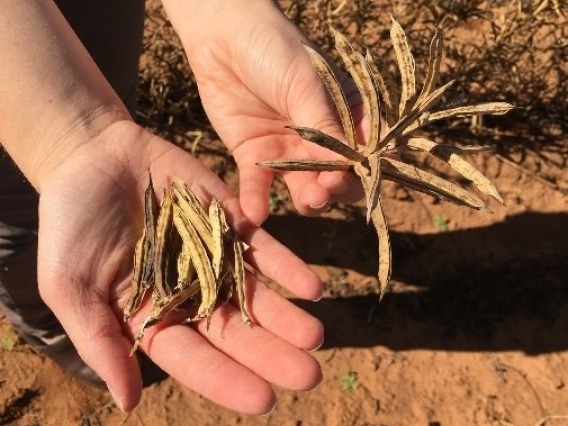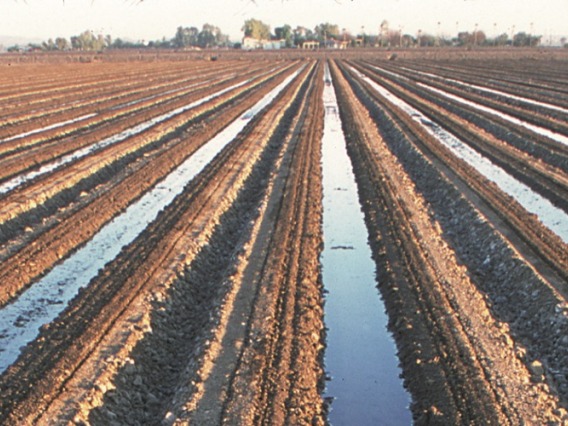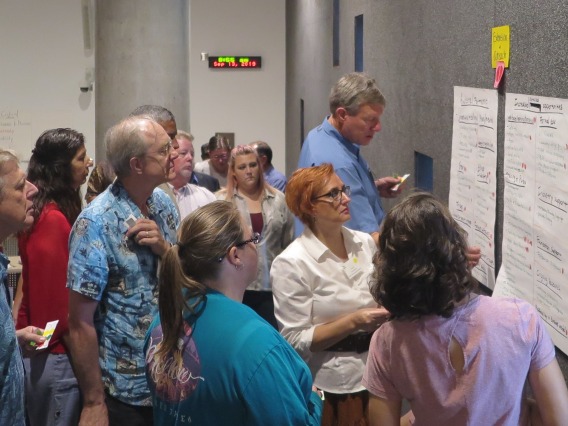Economic Viability
In determining whether an agricultural commodity is economically viable, costs associated with growing, harvesting, transporting and extracting co-products need to be determined. Then it is possible to identify farm and industrial activities associated with producing the products that can be improved to reduce costs. Collaborating with farmers and industrial partners helps us identify and reduce possible risks.
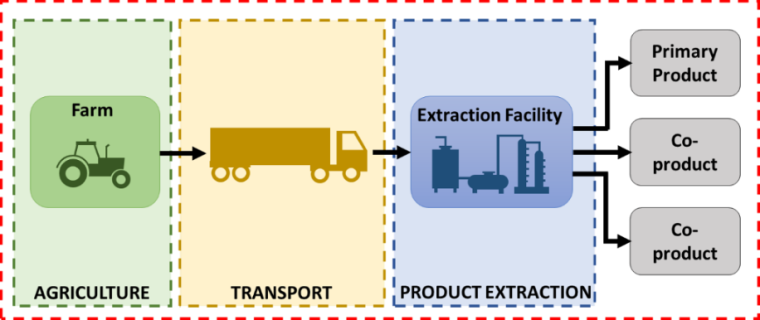
Economic analysis accounts for all costs and revenue across the guayule and guar supply chains. Costs include the agriculture, transportation, and extraction of products. Revenue is generated by selling the primary products of guayule rubber and guar gum, as well as additional co-products such as animal feel and biofuels made from leftover materials.
SBAR researchers have created detailed farm budgets, defined costs for producing guayule rubber and guar gum, and have identified revenue needed for sustainable economic viability.
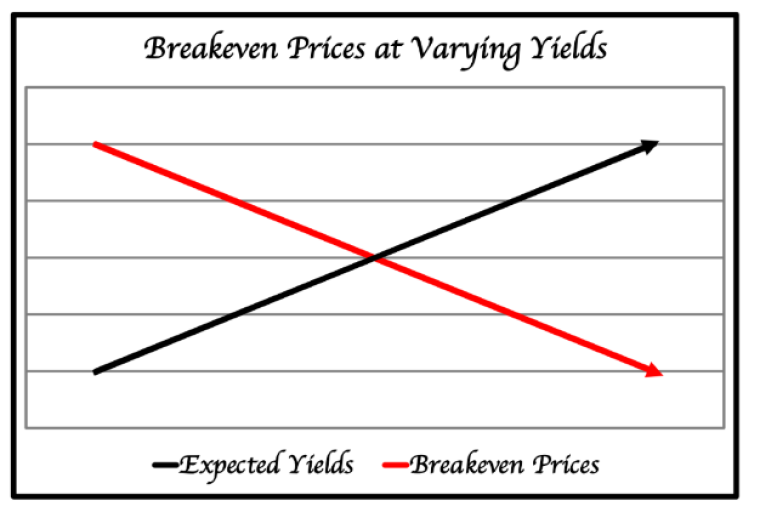
The economic breakeven price is where the expected yields (revenue) crosses the price line (cost).
As agricultural yields increase, the “breakeven” price required for farmers to recover their investments decreases. A lower breakeven price increases the viability of guayule by reducing the production costs of guayule rubber.
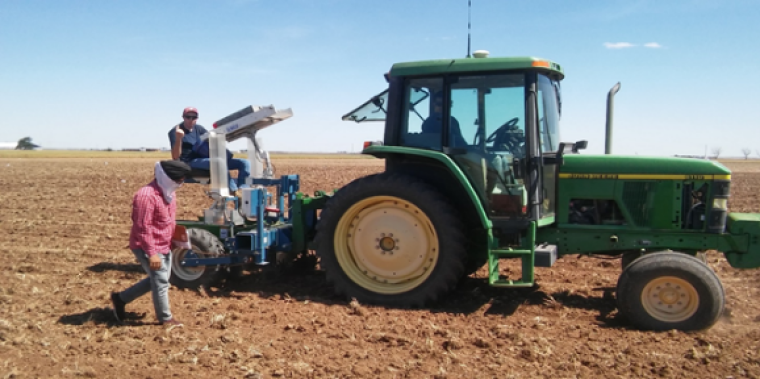
Agricultural costs include tractors, field equipment, and labor.
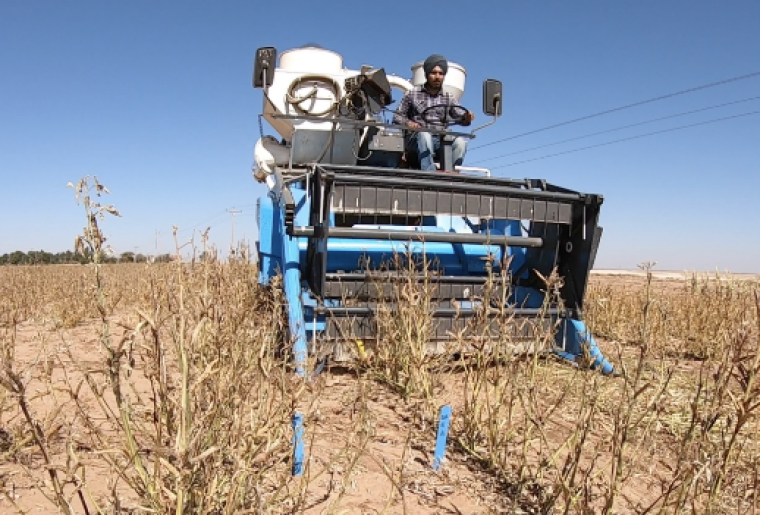
Guar harvest in Clovis, New Mexico.
Farm budgets account for all equipment needed to grow and harvest crops such as tractors, cultivation equipment, and combines, as well as water for irrigation.
Research Leads
Environmental Impacts
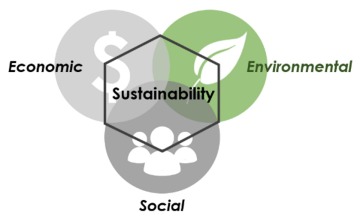
Venn diagram that shows the factors of sustainability.
To improve long-term sustainability of the bioeconomy, environmental impacts of growing, harvesting, transporting, and extracting products across ten impact categories must be determined. It is critical to also investigate the water intensity of guayule and guar production in arid regions, which are known for reduced water availability. Through modeling, SBAR researchers can identify environmentally intensive unit process operations to focus future research, with the goal to reduce environmental impacts.

Guar gum conversion chain.
Evaluation of environmental impacts includes looking at the agricultural, transportation, and processing portions of the guar and guayule supply chains. Emissions are tracked throughout the supply chain and categorized by their respective impact on the environment, and human health. Results include quantification of holistic total impact and sub-process contributions for identifying areas for further improvement (i.e., emissions reduction).
SBAR researchers have also developed a complete emissions profile for guar gum production in the United States, and are incorporating real world experimental data into modeling work to improve the analysis. All emissions are tracked through the guar gum and guayule supply chains and categorized by midpoint indicators to determine their impact on the environment, human health, and natural resources. Investigating trade-offs between co-product production scenarios using leftover materials also influences overall impacts.
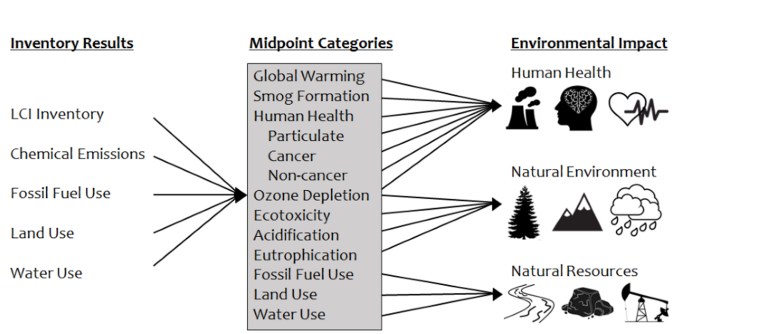
Emissions tracked for guayule and guar gum supply chains.
Research Leads
Social Impacts
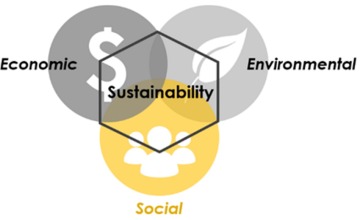
Venn diagram that shows the factors of sustainability.
Determining whether guar and guayule would be socially acceptable crops in desert southwest agricultural systems requires the evaluation of trade-offs with existing crops. Existing tools that can be used to evaluate social sustainability for guar and guayule have been identified.
SBAR researchers have outlined an evaluation process to assist in choosing social sustainability tools for emerging feedstocks, identified challenges existing social sustainability tools have for use with emerging (new) feedstocks, identified and prioritized topics for guar and guayule social assessments, and determined the top three tools best suited to assess social sustainability for guar and guayule.
Focus groups were hosted in 2019 to identify important social topics for guar and guayule production, followed by expert voting to prioritize those topics for future research and consideration.
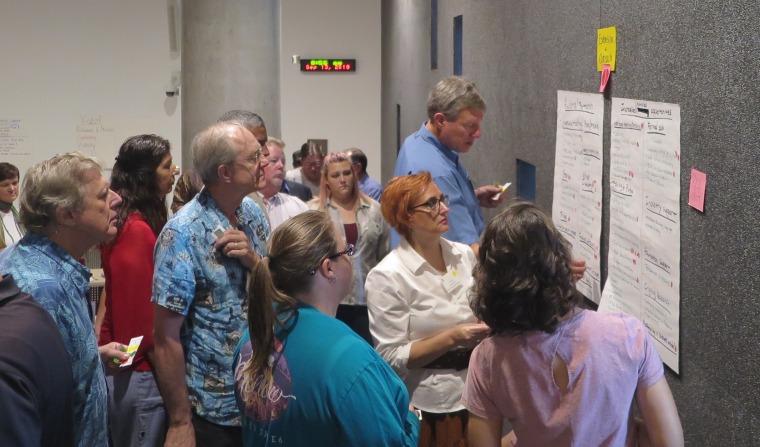
Prioritizing social sustainability topics for guar and guayule production in the Southwest.


